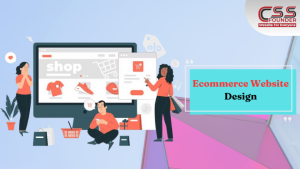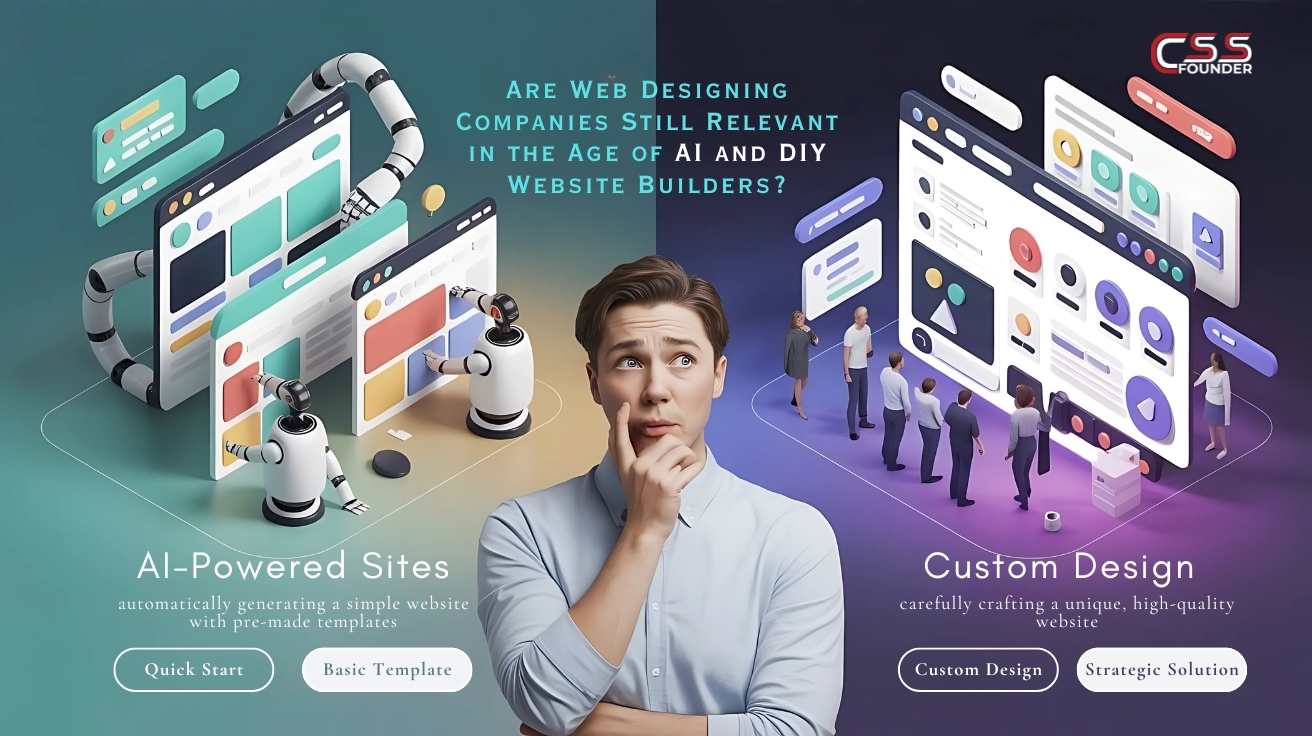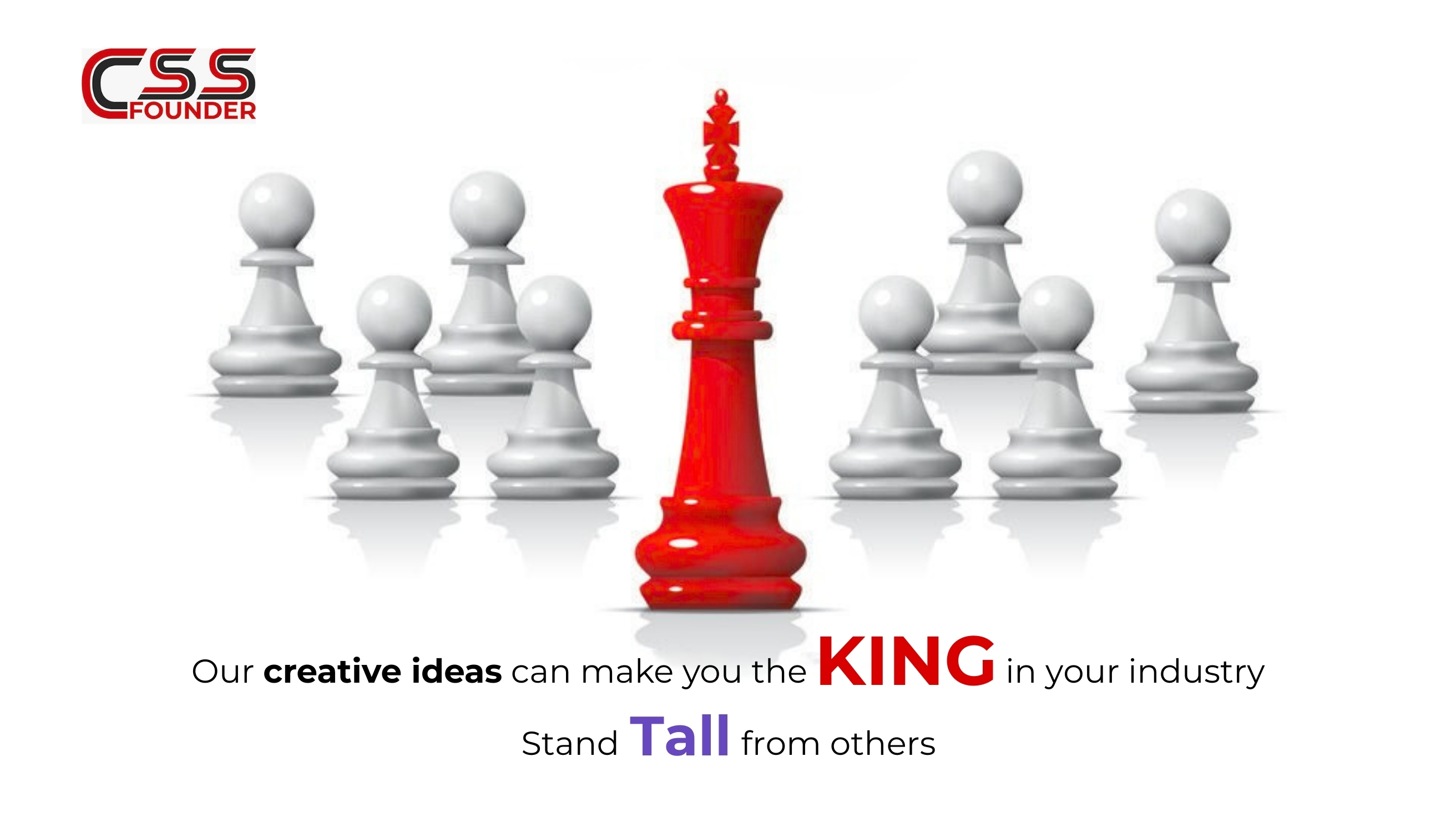In today’s digital age, having a well-designed ecommerce website is crucial for the success of any online business. A visually appealing, user-friendly, and responsive website can help attract and retain customers, increase sales, and ultimately grow your business. In this guide, we’ll explore the key elements and best practices to elevate online store with ecommerce website design.

- Prioritize User Experience (UX)
User experience should be at the forefront of your ecommerce website design. A seamless and intuitive navigation system is essential to help users find what they’re looking for quickly and easily. Ensure that your website’s structure is logically organized, with clear categories and subcategories. Use prominent calls-to-action (CTAs) to guide users through the purchasing process and make it easy for them to add items to their cart and complete the checkout process.
- Responsive and Mobile-Friendly Design
With the increasing use of mobile devices for online shopping, it’s crucial to have a responsive website that adapts to various screen sizes and devices. A mobile-friendly design ensures that your website is accessible and easy to navigate on smartphones and tablets. Implement a responsive layout, large buttons, and simplified forms to enhance the mobile shopping experience and reduce the risk of cart abandonment.
- High-Quality Product Images and Descriptions
In the world of ecommerce, product images and descriptions play a vital role in influencing a customer’s purchasing decision. Invest in high-quality, professional product photography that showcases your products from multiple angles and allows users to zoom in for details. Accompany the images with clear, concise, and persuasive product descriptions that highlight the key features, benefits, and specifications of each item.
- Fast Loading Speed
A slow-loading website will irritate visitors, which eventually produces higher bounce rates. Optimize your website’s performance by minimizing file sizes, compressing large images size, and leveraging browser caching. Consider using a content delivery network (CDN) to distribute your website’s content across multiple servers, reducing latency and improving loading times for users worldwide.
- Prominent Search Functionality
Make it easy for users to find specific products by incorporating a prominent search bar on your website. Implement advanced search features like autocomplete, product suggestions, and filters to help users narrow down their options based on criteria such as price range, color, size, or brand. A well-designed search functionality can significantly enhance the user experience and increase the likelihood of conversions.
- Customer Reviews and Ratings
Social proof is a powerful tool in ecommerce. Integrate customer reviews and ratings on your product pages to build trust and credibility with potential buyers. Encourage customers to leave reviews by sending follow-up emails after their purchase and make it easy for them to submit their feedback. Displaying genuine customer reviews can help alleviate any doubts or concerns and encourage others to make a purchase.
- Secure and Trustworthy Checkout Process
A secure and trustworthy checkout process is essential to building customer confidence and reducing cart abandonment. Implement SSL encryption to protect sensitive customer information and prominently display trust badges and security certifications. Offer multiple payment options, including credit cards, PayPal, and other popular payment gateways, to cater to different customer preferences. Be transparent about shipping costs, taxes, and estimated delivery times to avoid surprises during checkout.
- Personalization and Product Recommendations
Personalization can greatly help to boost the user experience and enhances customer engagement ratio. Implement personalized product recommendations based on a user’s browsing history, previous purchases, or similar customer behavior. Use targeted email campaigns and retargeting ads to showcase relevant products and offers to individual users. Personalization can help create a more tailored and enjoyable shopping experience, leading to higher conversion rates and customer loyalty.
- Clear and Accessible Customer Support
Provide easily accessible customer support options to address any queries or concerns that users may have. Include a prominent “Contact Us” page with various contact methods, such as email, phone, live chat, or a ticketing system. Consider implementing a FAQ section or knowledge base to address common questions and provide self-help resources. Responsive and helpful customer support can greatly enhance customer satisfaction and encourage repeat business.
- Continuous Testing and Optimization
Ecommerce website design is an ongoing process that requires continuous testing and optimization. Regularly analyze user behavior and conversion rates using tools like Google Analytics to identify areas for improvement. Conduct A/B testing to experiment with different design elements, layouts, or content variations to determine what resonates best with your target audience. Continuously iterate and refine your website based on data-driven insights to optimize the user experience and maximize conversions.
In conclusion, creating a best-in-class ecommerce website design requires a holistic approach that prioritizes user experience, responsiveness, product presentation, security, personalization, and continuous optimization. By following these guidelines and best practices, you can create an engaging and effective online store that drives sales, builds customer loyalty, and sets your business up for long-term success in the competitive world of ecommerce.





.png)


